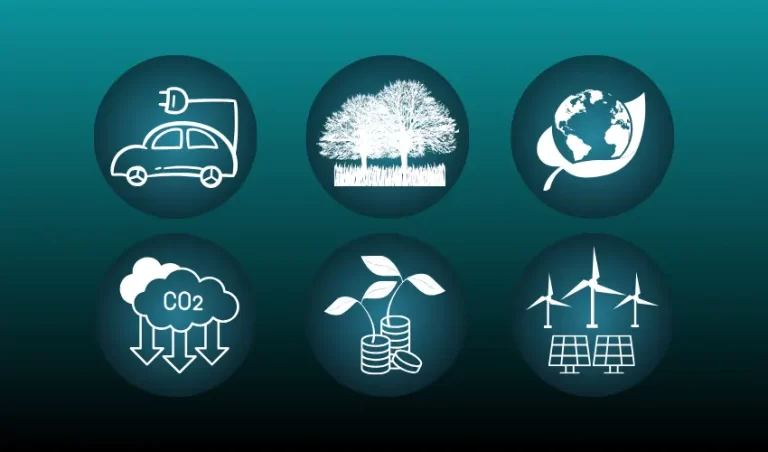Make Sense of Carbon Neutral & Net Zero Differences
Making sense of Carbon Neutral and Net Zero differences can be tricky. Both terms are frequently used in business and by governments to talk about action on climate change.
In fact, it can sometimes seem that these terms are used interchangeably, that they are the same thing. Well they are not, not quite at least.
Whilst both are used in relation to tackling carbon emissions, the general approach and level of ambition they represent have subtle differences. So here’s a simple breakdown of what each means and how they vary.
Carbon Neutral
Definition
Being carbon neutral means that an entity, such as a company, organisation, or individual, has balanced its carbon emissions with an equivalent amount of carbon removal or offsetting activities.
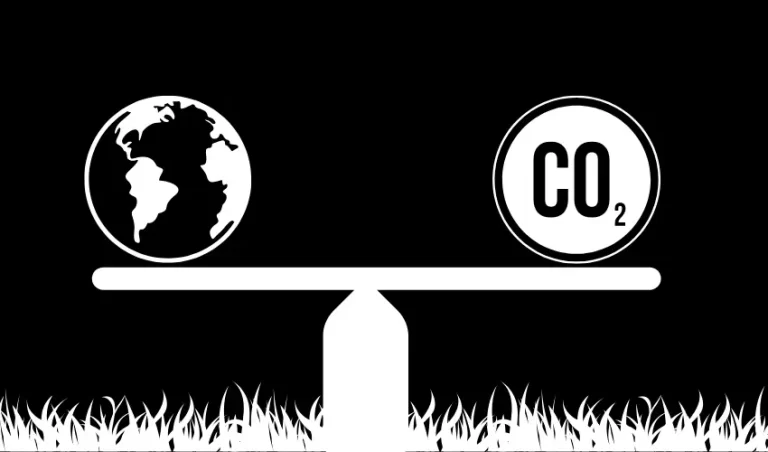
How it is Achieved
To achieve carbon neutrality, you typically calculate the total carbon emissions produced and then take measures to offset (or ‘neutralize’) that amount.
This involves investing in projects that reduce or sequester carbon emissions, such as reforestation, renewable energy projects, or carbon capture technologies. Activities to reduce emissions are also normally conducted or planned.
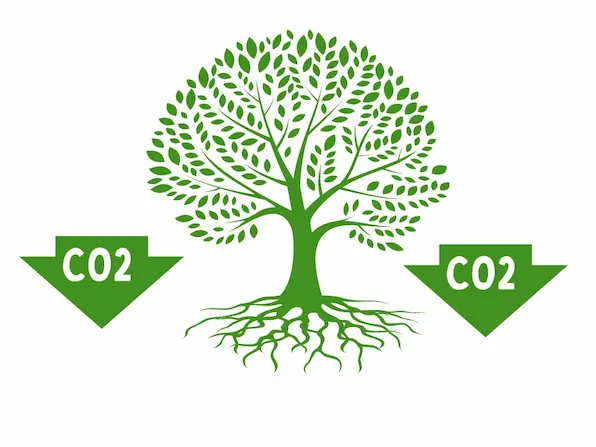
Impact
The overall impact is a neutral carbon footprint, with emissions released counteracted by activities that remove or reduce an equivalent amount of carbon from the atmosphere.
The influence on climate and contribution to climate change is therefore understood to be balanced.

Carbon Net Zero
Definition
Carbon net zero, or simply “net zero,” goes a step further than carbon neutrality. It implies that an entity is not only balancing its carbon emissions, but also has a clear aim to eliminate or reduce overall emissions to as close to zero as possible.
How it is Achieved
Achieving net zero requires a robust plan and actions that reduce the actual amount of carbon emissions generated. This requires adopting more sustainable practices, investing in cleaner technologies, and implementing strategies to minimise or eliminate emissions from various sources.

Offsetting is then used to ‘net off’ the final emissions, until viable actions to remove them can be implemented.
Impact
The ultimate goal of carbon net zero is he stabilisation of atmospheric CO2 concentrations by significantly reducing or eliminating the release of carbon emissions. This in turn removes the pathway for activities to impact on climate. Offsetting is essential the final ‘back-up’ action to hit zero.
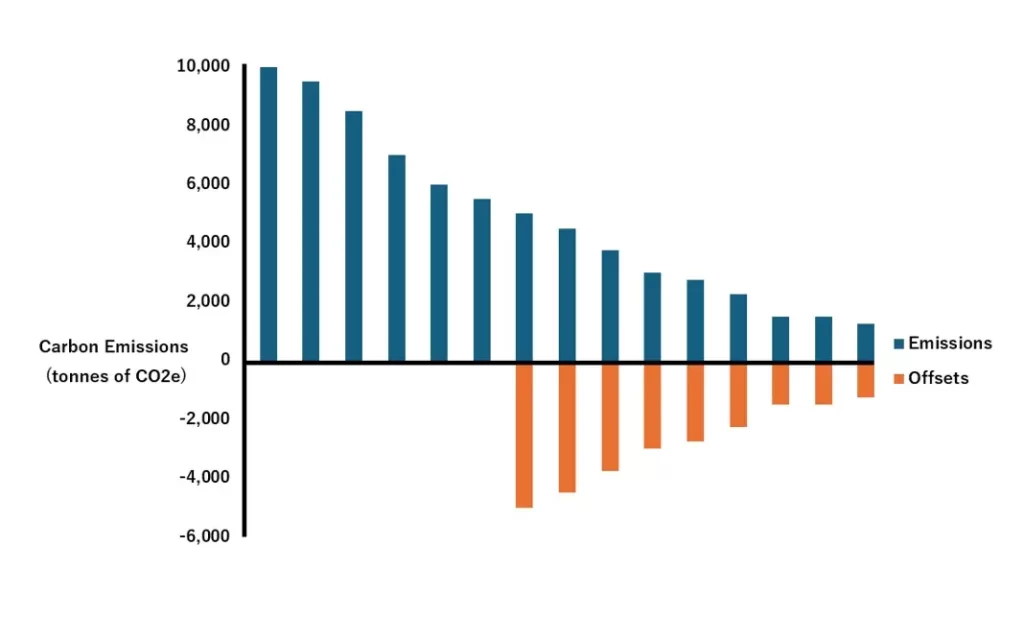
Carbon Neutral and Net Zero Differences Comparison
While both Carbon Neutral and Net Zero involve balancing carbon emissions with offsetting activities, Net Zero takes a more proactive approach, emphasizing a substantial reduction in actual emissions.
This provides long-term sustainability and better ensures damaging climate change impacts are avoided. Offsetting is a supporting measure, not a key action.
By comparison, Carbon Neutral provides a more accommodating approach to offsetting. This allows for a balanced position to be achieved at an earlier point.
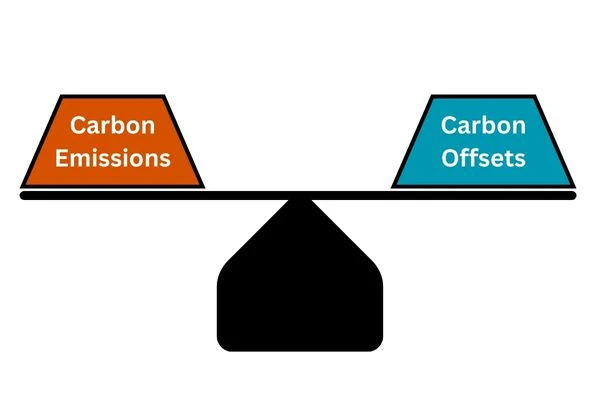
The risk in doing so is that emissions still take place. The atmosphere is a delicate system, hence the lower risk route is to not need a balancing offset to take place and leave the atmosphere to maintain its own natural balance.
A strategic approach can be taken by organisations to attain the carbon neutral position first. Essentially positioning carbon neutral as the first step to quickly address emissions in a meaningful way. Neutrality then gives way to Net Zero as a longer term plan of more robust measures reduces offsetting dependency.
This can prove an effective approach in building progressive action on emissions and ultimately stemming dangerous potential impacts of climate change.
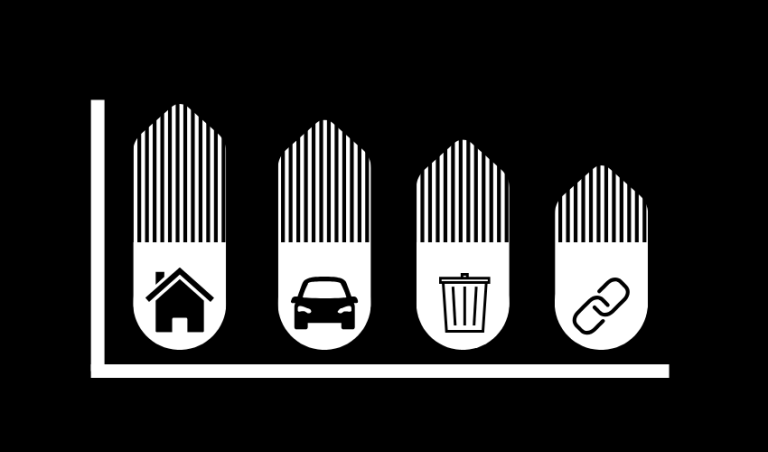
Going Further – Carbon Zero
Beyond the two terms discussed, you may also hear of the term Carbon Zero. This approach removes offsetting completely, meaning absolutely all carbon emissions have been eliminated. All energy inputs are derived from renewable sources.
Achieving such a position is difficult and much more costly for many. Simply put, some activities do not have viable options to remove there emissions dependency at scale yet.

Examples include steel production and aviation. This is why the ‘netting off’ in net zero is normally needed. As we all know though, technology continues to progress rapidly. So expect to start seeing full Carbon Zero claims arise in future decades.
Continuing Progress
Both carbon neutral and carbon net zero claims are positive. They move businesses, governments and us as individuals towards a low carbon future. In doing so the scale of climate change will be lessened.
Yes net zero is more impactful, but it is also more difficult and costly. Carbon neutral presents a great first step in the right direction toward net zero and ideally a pure carbon zero outcome in time.

To support you further with carbon reductions, check out the below recommended resources:
Net Zero Business: A Simple Guide to Getting Started



